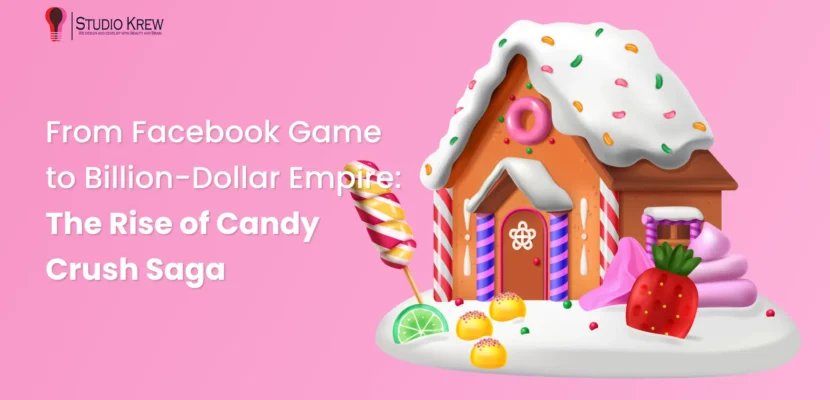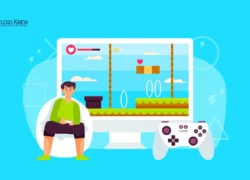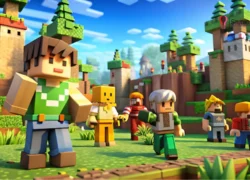Introduction
Imagine a world where candies aren’t just for eating but for crushing – obsessively, delightfully, and sometimes even frustratingly. Welcome to the universe of Candy Crush Saga, a mobile game that took the world by storm and still hasn’t let go. Since its launch in 2012, Candy Crush has evolved from a humble Facebook game to a multi-billion-dollar mobile juggernaut, inspiring an entire generation of puzzle-based games and reshaping the mobile gaming industry.
But how did this simple match-three game become such a monumental success? Let’s unwrap the sweet layers behind its design, development, monetization, and marketing and understand why it remains a go-to example for every mobile game development company and hyper-casual game development company today.
The Birth of a Sweet Sensation
Candy Crush Saga was developed by King, a company that had already created numerous Facebook-based games. Initially launched on Facebook in April 2012 and later released on iOS and Android, Candy Crush quickly became one of the most popular and widely downloaded games across multiple platforms.
Key Timeline Milestones:
- April 2012: Facebook launch
- November 2012: Released on iOS
- December 2012: Released on Android
- 2014: Became the most downloaded game on both iOS and Android
Did you know? By 2014, Candy Crush Saga was making over $850,000 per day in revenue.
The genius move? King capitalized on Facebook’s massive user base to create instant virality and leveraged mobile to make the game accessible anytime, anywhere. This multi-platform strategy wasn’t common back then, and King was one of the pioneers.
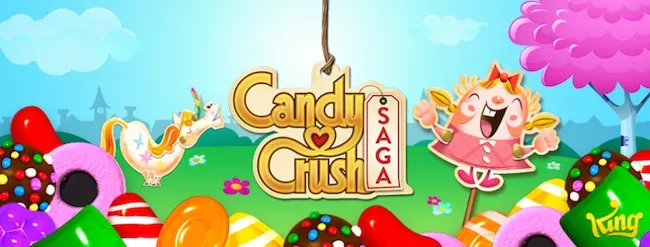
Addictive Game Design: Simplicity Meets Science
The brilliance of Candy Crush Saga lies in its deceptively simple design, which conceals layers of strategic depth and psychological mastery. It’s a game that’s not just about matching candies but about understanding intricate strategies and mastering the psychological triggers that keep players hooked.
The most common question asked is: How Many Levels in Candy Crush Saga?
Get ready for some sugary suspense! One of the hottest questions on everyone’s lips is: Just how many levels are there in Candy Crush Saga? The answer might surprise you!
As of 2025, Candy Crush Saga has surpassed 12,000 levels and continues to expand rapidly, with new levels added every week. This immense scale not only demonstrates the game’s longevity but also reflects a strong commitment to continuous content delivery—a best practice in mobile game design.
Each level features unique layouts, objectives, and candy types, and many are infused with playful game characters, such as Tiffi and Mr. Toffee, who add personality to the experience. These gaming characters, although simple, serve as emotional anchors for players, often featured in celebratory animations and win screens.
Visually, the game is an excellent showcase of effective 2D game design, incorporating elements of 2.5D aesthetics that lend it a slightly layered, tactile feel without the complexity of complete 3D modeling. The animated effects, glowing candies, and depth-enhancing shadows all contribute to an immersive yet lightweight visual style, making it a go-to reference for any game design company aiming for scalable mobile experiences.
The sheer number of levels, combined with strategic design choices and delightful visuals, plays a critical role in why players keep coming back—day after day, year after year.
The brilliance of Candy Crush Saga lies in its deceptively simple design, which conceals layers of strategic depth and psychological mastery. Let’s break it down:
1. Core Gameplay Loop
At the surface, Candy Crush is a classic match-3 puzzle: line up three or more candies of the same type to clear them. But that simplicity is precisely what makes it instantly playable and universally appealing.
2. Progressive Difficulty
The early levels are almost too easy, tricking you into thinking you’re a genius. Then, slowly, difficulty ramps up with blockers like chocolate, jelly, licorice, and bombs. This creates the perfect flow state—a balance between challenge and skill.
3. Endless Variety
With over 12,000 levels (and counting) as of 2025, new game mechanics, power-ups, and level designs keep the game feeling fresh. King adds approximately 45 new levels every two weeks, a pace that keeps even longtime players engaged.
4. Psychological Triggers
- Loss Aversion: Losing a level at one move left encourages in-app purchases.
- FOMO: Limited-time events and seasonal maps push users to keep playing and increase user retention.
- Variable Rewards: Just like a slot machine, the randomness of candy drops keeps the brain hooked.
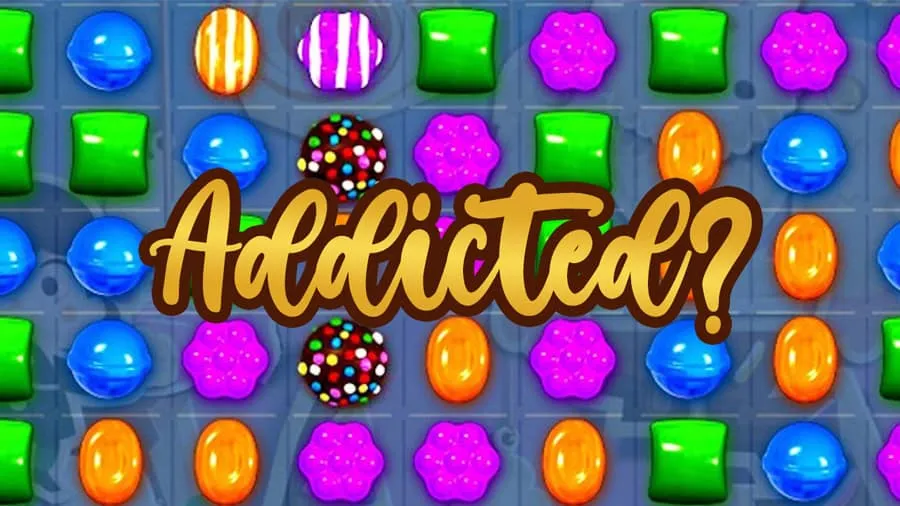
No wonder behavioral psychologists often cite Candy Crush when discussing gaming addiction patterns.
Monetization: The Art of Making Billions, One Life at a Time
Candy Crush pioneered a monetization model that countless games now emulate. While the game is entirely free to play, it offers multiple opportunities for players to spend money:
Lives, Boosters, and Extra Moves
When players fail a level and run out of lives, they must wait or pay to continue. This time-gate mechanism creates a strong urge to buy just one more chance.
Power-ups and Combos
Items like the Color Bomb or Striped Candy Booster can be bought with in-game currency. But they also unlock occasionally through gameplay, keeping non-paying users engaged and hopeful.
In-App Purchase Stats:
- Candy Crush has made over $10 billion in lifetime revenue.
- As of 2023, 67% of revenue came from in-app purchases.
- Average spend per paying user: ~$25
No Forced Ads
Unlike many hyper-casual games, Candy Crush rarely interrupts with ads. This clean experience increases playtime and willingness to spend. It’s an excellent case study for every game development company exploring monetization strategies.
LiveOps: Keeping the Candy Fresh
One of Candy Crush’s biggest strengths is its continuous evolution through Game LiveOps. It’s a testament to the power of constant innovation and its impact on a game’s longevity and success. This ongoing refinement is something every aspiring game design company should take inspiration from.
Constant Content Updates
King drops new levels and events every single week. Exceptional holiday-themed levels or limited-time challenges provide players with a reason to return daily.
Daily Rewards & Streak Bonuses
Gamifying the login process increases retention. Users who log in for seven consecutive days may receive a rare booster, reinforcing their habits.
Leaderboards & Social Play
Tapping into players’ competitive nature, global and friends-only leaderboards boost engagement without needing real-time multiplayer.
Server-Side Testing
King is known for its A/B testing strategy, a form of server-side testing. This involves running thousands of experiments to optimize engagement and monetization, from UI placements to level difficulty. This ongoing refinement is something every aspiring game design company should take inspiration from.
This ongoing refinement is something every aspiring game design company should take inspiration from.
Marketing Brilliance: From Facebook to Television
Candy Crush’s rise wasn’t accidental; it was engineered through brilliant marketing. It’s a case study of how strategic marketing can turn a game into a global phenomenon. Let’s delve into the key marketing strategies that propelled Candy Crush to the top.
Facebook Integration
- Players could request lives, send gifts, or compare progress.
- This created a viral loop that fueled exponential user acquisition.
Organic Virality
At its peak, Candy Crush was so popular that players would voluntarily post about their achievements—no push, no prompt—just pride.
Paid Advertising
When Candy Crush hit its revenue stride, King went big:
- Super Bowl TV ads
- Influencer campaigns
- Celebrity endorsements
App Store Optimization
Regular app updates, glowing reviews, and strategic keyword use helped Candy Crush stay in the top charts for over a decade.
Fun Fact: Candy Crush Saga was featured in Apple’s “Top 10 Most Downloaded Apps of All Time” list in 2020.
Key Takeaways for Game Developers
Candy Crush is more than a game – it’s a masterclass in mobile game development. Here’s what we can learn:
| Aspect | Insight |
|---|---|
| Game Mechanics | Simplicity scales, especially when layered with depth |
| Monetization | Freemium works when value is clear and pressure is subtle |
| LiveOps | Content is king – always add new reasons to return |
| Social Integration | Turning players into marketers is game-changing |
| Cross-Platform Strategy | Expanding access = exponential reach |
If you’re a brand or studio dreaming of building the next iconic title, these lessons are invaluable.
StudioKrew’s Perspective: Building the Next Blockbuster
At StudioKrew, we believe in turning insights into innovation. With experience in hyper-casual, real money, and multiplayer game projects, we’ve helped shape the success of games like Challenge Master (a fast-paced quiz and puzzle game), Ladder Dash (a vertical arcade-style adventure), MPL Golf Game (a competitive skill-based sports game), and even contributed to the ever-popular Ludo King, which has remained a household name across mobile gaming. Our work is a testament to the lessons learned from Candy Crush’s success, and we continue to apply these insights in our game development projects.
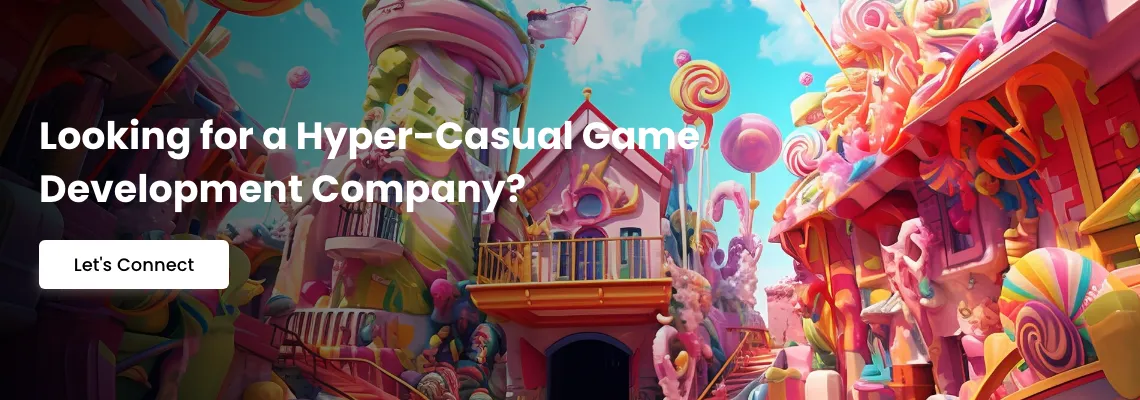
Our approach is inspired by the Candy Crush blueprint but enhanced with modern strategies:
- End-to-end game design and development
- LiveOps and analytics integration
- UI/UX optimization inspired by behavioral science
- Scalable infrastructure for global performance
Whether you’re looking to create a puzzle-based mobile game or a casual game with monetization hooks, partnering with a seasoned mobile game development company like StudioKrew can dramatically increase your odds of success.
Final Thoughts
Candy Crush Saga’s story isn’t just about colorful candies and sweet explosions. It’s about understanding user behavior, leveraging social mechanics, and mastering the art of mobile gaming.
From its origin on Facebook to becoming a mobile gaming behemoth, Candy Crush proves that a well-designed game with consistent updates, clean monetization, and emotional engagement can stand the test of time.
So, if you’re planning to develop the next big hit in the hyper-casual or mobile puzzle space, use this as your guide. And when you’re ready, StudioKrew is here to help you craft the next global sensation.
Ready to Build the Next Sweet Success?
Let’s create something unforgettable. Talk to our game development team.
